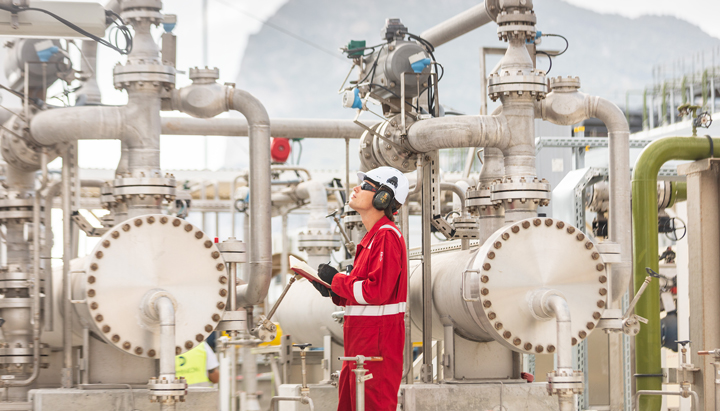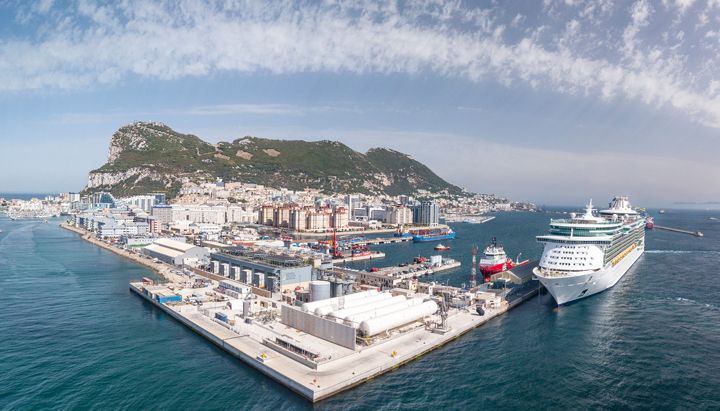Natural gas
Natural gas helps provide more and cleaner energy around the world. It is expected to meet around 40% of additional energy demand up to 2040.
Gas will help us achieve our ambition, in step with society’s progress towards meeting the Paris Agreement goal, to cut the carbon intensity of the energy products we sell by around half by 2050, and by around 20% by 2035 as an interim step. We call this our Net Carbon Footprint ambition. It is consistent with the Paris Agreement.
Visit www.shell.com/energy-and-innovation/natural-gas and www.shell.com/providing-more-and-cleaner-energy for more on how natural gas contributes to a lower-carbon world.
Gas is the cleanest-burning hydrocarbon and produces a fraction of the air pollution that coal does when burned to generate electricity. Increasing the role that gas plays in the energy mix is one way countries can take action as the world moves to a low-carbon future.
Natural gas is an abundant, secure and readily available source of energy, one of the few that can be used across power generation, industry, the built environment and transport.
Gas has significant advantages when used to generate power alongside renewables, being able to quickly compensate for dips in supply from solar or wind generation, and rapidly respond to surges in demand. Although natural gas emits much less CO2 than coal when burnt for electricity, this environmental benefit is reduced if high levels of methane are emitted. Shell is working to reduce methane emissions through various initiatives (see Methane emissions).
Natural gas
Natural gas
We provide around 3% of the world’s natural gas
LNG shipping
We manage one of the world’s largest fleets of LNG carriers
In 2019, gas accounted for around half of Shell’s total production. We are a leading producer, marketer and trader of liquefied natural gas (LNG) and gas-to-liquids products.
Shell’s ambition is to expand the role of natural gas as a cleaner-burning fuel. In 2019, we continued to take steps around the world to achieve this.

In Gibratlar, we opened an LNG regasification terminal to supply the territory’s new gas-fired power station.
 Climate change
Climate change
 Sustainable development goals
Sustainable development goals
 Safety
Safety
 About our data
About our data

